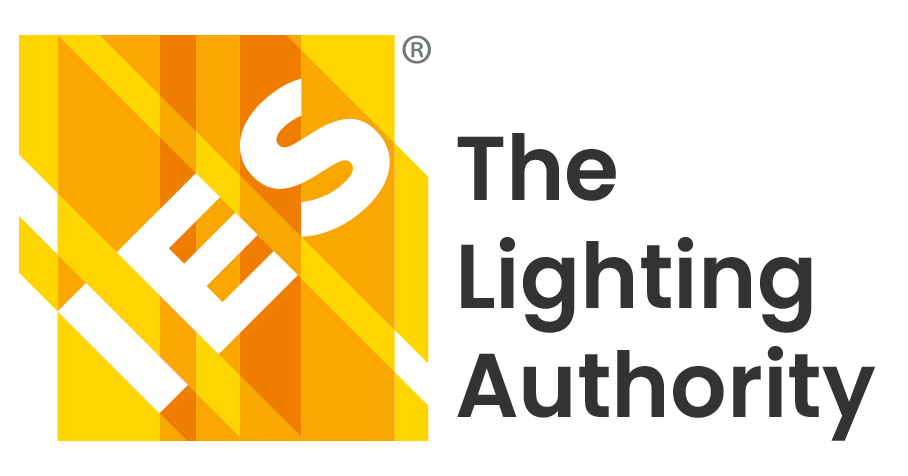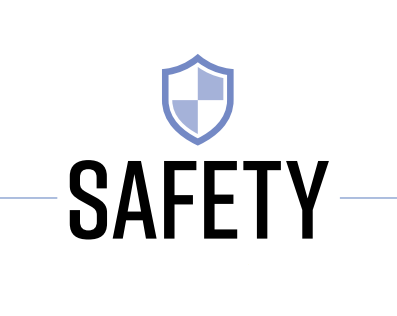There’s an iconic scene in the 1992 movie A Few Good Men where Jack Nicholson’s character, Colonel Nathan Jessup, screams at his courtroom interrogator, “You want the truth? You can’t handle the truth!” Jessup’s retort could also be applied to the lighting industry and its acceptance of new technologies, which were often first developed for other industries. Let’s face it, most of the new technologies used in lighting designs were created for non-lighting purposes. While employing technologies from other industries may spare us the cost of research and development, we inherit all of the benefits—and potential faults—of the new technology adopted. In this column, I will focus on the often-overlooked potential risks of using rechargeable lithium batteries in lighting products.
Lithium batteries date back to the 1960s when NASA was researching the potential use of alternative sources of power for space travel while seeking to improve rechargeable power sources. Rechargeable batteries used by NASA at that time were limited in power density and, as in the case of nickel cadmium or nickel metal hydride batteries, plagued with a memory effect, slow to charge and had a high self-discharge rate.
While the British chemist M. Stanley Whittingham is credited with producing a commercial lithium-type battery in 1974, the production cost was too steep to offer commercial success. Fast forward to 2012, when research continued and John Goodenough, Rachid Yazami and Akira Yoshino developed the lithium-ion battery. Its evolution continued in earnest by other researchers, and commercial uses exploded where the benefits of a lithium battery resulted in applications in cardiac pacemakers and powering electric motors.
The use of lithium batteries was primarily good news for many industries, but what about their pitfalls? Not much is known, to any great extent, what happens when the internal safety mechanisms of lithium batteries fail during charging or use. More work is necessary to reduce the risk of fire due to the failure of lithium batteries.
Failure modes of these batteries can occur from impacts, overloading, overcharging, overheating and thermal runaway, among others. Big deal, so lithium batteries can fail—so do many other electrical items. The problem becomes handling a lithium battery that has failed and causes a fire. Due to the nature of lithium cells, where the battery is self-oxidizing, once ignited by improper use or component failure, the fire cannot be starved of oxygen. An ignited lithium battery will continue to burn until all flammable contents have been depleted. Fire departments around the world have been plagued with how to handle fires where lithium batteries are involved. The latest technology to combat such fires is a Kevlar blanket that’s draped over the flames.

So what is the take away from dealing with lithium batteries, and why are emergency lighting (EM) systems relatively problem free?
- EM systems and most electrical products in the U.S. and Canada are rigorously investigated by NRTLs and listed for safety to ANSI standards—third-party evaluation with factory inspections to ensure that the product is as tested and hasn’t been modified.
- Listed EM products are installed in accordance with National Electrical Codes with a strict series of regulations reducing human factors due to shoddy assembly or workmanship.
- The field history of lithium batteries shows that portable devices or tools with battery chargers have been problematic, as the charger can be placed on or in close proximity to combustible materials. As a result, when either the charger or the battery malfunctions, a fire ignites.
- Electric Vehicles (EV) are experiencing catastrophic failures due in part to the size and relatively high power ratings required. Furthermore, EV’s are, by and large, not third-party safety-tested such that under normal and abnormal conditions, the inherent risks are disclosed and mitigated.
- The lighting industry enjoys a relatively trouble-free and safe environment due to third party-certifications, national fire codes and ANSI safety standards. More work is necessary to bring all electrical products including EVs into compliance to reduce risks to people and property.
- Self-certification of any product should be relegated to the “things that don’t work” scrap heap, as society needs preemptive solutions for a safer world. Lithium batteries have far more advantages than disadvantages, and now the ball is in the battery manufacturers’ court to come up with appropriate safeguards to prevent the risk of fire and explosions. During this time of the year, we should all take a look at how we use electrical devices to ensure a safe holiday season.
Jerry Plank, LC, is the CEO/founder of Wilger Testing, an accredited third-party laboratory testing for product safety and performance.


